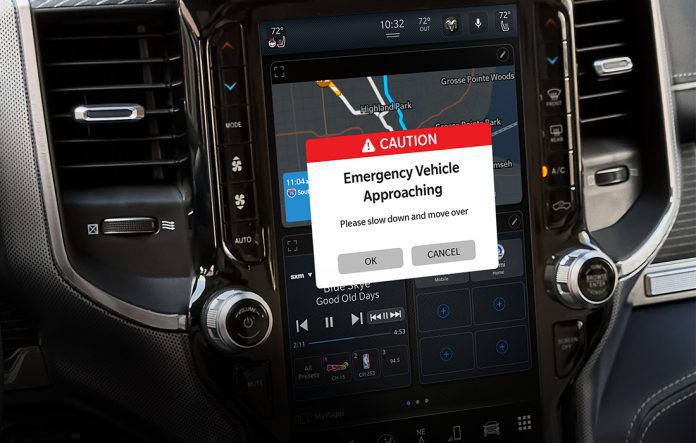In an effort to improve the safety of everything from first responders to delivery vans in your neighborhood, a new combination of safety features is delivery alerts to millions of vehicles by using advanced emergency lighting and digital alerts.
The system combines digital alerts with advanced emergency lighting to warn vehicles when approaching stranded vehicles, accidents, and emergency vehicles. Meanwhile, millions of vehicles from Jeep, Ram, Dodge, Chrysler, Fiat, and Alfa Romeo have been receiving digital alerts since last year.
In the U.S., collisions with vehicles on the side of the road result in hundreds of fatalities each year. Therefore, Tesla has currently signed a contract to adopt the system in all its vehicles worldwide. These vehicles will receive an over-the-air software update to improve the performance of their hazard lights and receive digital alerts of impending hazards.
According to Stephen Powers, COO of Emergency Safety Solutions, who created the cutting-edge hazard lights that comprise half of the Hazard Enhanced Location Protocol, or HELP system, “Tesla’s decision has moved other automakers along.” Adding, “the system provides 12 to 15 seconds of warning about the upcoming incident, which is a quarter-mile at 60 mph.”
Advanced hazard lights created by ESS are combined with digital alerts from HAAS Alert, the digital alert system Stellantis placed into operation last year, to create HELP.
These alerts are available right now for any vehicle using the Waze, Google, or Apple navigation apps.
The alerts go to HAAS’s Safety Cloud, which is hosted by Amazon Web Services. It can send alerts to the individual’s cloud and third-party navigation systems. Powers declared that having vehicles from one manufacturer transmit messages to all others was a first. The Safety Cloud can connect to all of them.”
The Infrastructure Act includes funding for state and local governments to prevent roadside fatalities brought on by collisions with disabled vehicles. Additionally, the lights and alerts could be programmed to recognize delivery vehicles at night in congested areas by modifying the light pattern. This will help to not disturb residents while still catching the attention of oncoming drivers.
Also, massive highway pileups that occur when vehicles abruptly meet hazardous conditions could be avoided with awareness of impending collisions.



